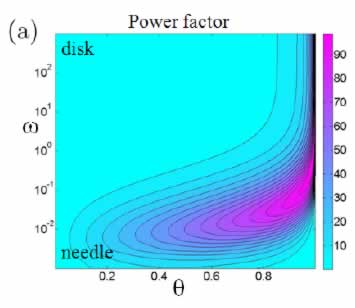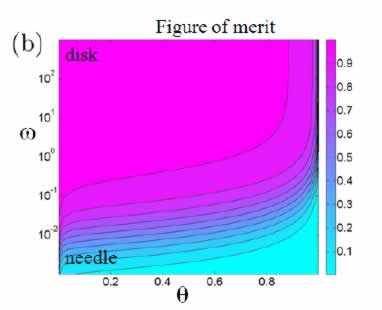 Thermoelectric materials, modeling, design and energy harvesting
Thermoelectric materials, modeling, design and energy harvesting
Thermoelectric (TE) materials directly convert heat into electric energy, and can be used for power generation and refrigeration. Being all solid state and without moving parts, thermoelectric devices have the unique advantage of portability, silence, scalability, durability and reliability in extreme environment. Also, they are readily customized and embedded into a large system to provide independent power or refrigeration and improve the realiability of the system. Additional applications of thermoelectric devices include temperature and thermal energy sensors for precise temperature and thermal flux control, hybrid photovoltaic-thermoelectric energy systems which have an improved solar power conversion efficiency, etc. However, thermoelectric devices suffer from a critical disadvantage of low efficiency. Nevertheless, thermoelectric materials show serious potential of coping with the energy crisis in 21st century for the abundence of thermal energy in nature.
For designing thermoelectric materials with balanced efficiency (figure of merit) and power factor, a continuum theory is systematically developed in our paper. In addition, we predict how figure of merits and power factors depend on the microstructures: volume fraction and aspect ratio, as shown in the following figures.

Figure 1. Contours of normalized effective ective power factors where the horizontal and vertical axes represent volume fraction and aspect ratio of the particles, respectively.

Figure 2. Contours of normalized figure of merits where the horizontal and vertical axes represent volume fraction and aspect ratio of the particles, respectively.
The on-going research in this area concerns designing thermoelectric engines which can use thermal energy in nature which cannot be utilized before with energy price comparable with conventional power plant.

